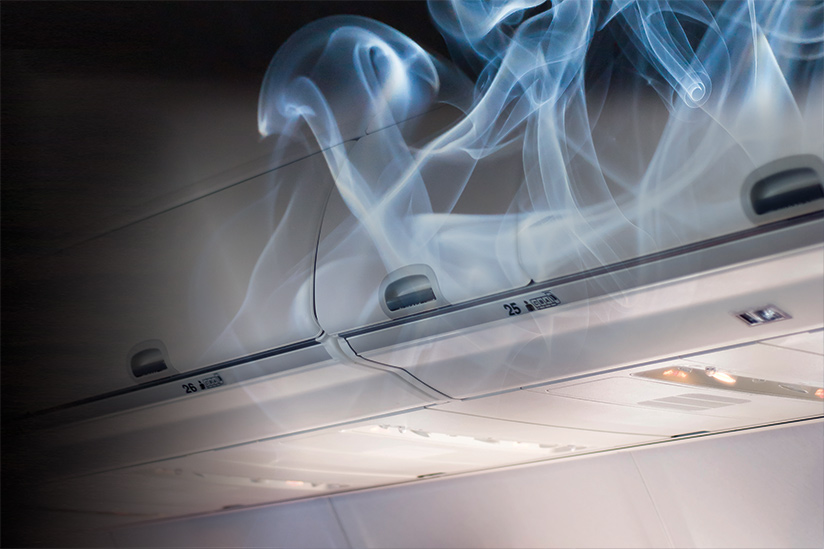


The occurrence of smoke or fire on board commercial aeroplanes during flight is a dangerous situation . These situations create Panic inflight , and If not handled effectively by the aircraft’s crew, it can result in disaster.
According to the FAA, in the event of an in-flight fire,
“delaying the aircraft’s descent by only two minutes is likely to make the difference between a successful landing and evacuation, and a complete loss of the aircraft and its occupants.” (Federal Aviation Administration, 2004)
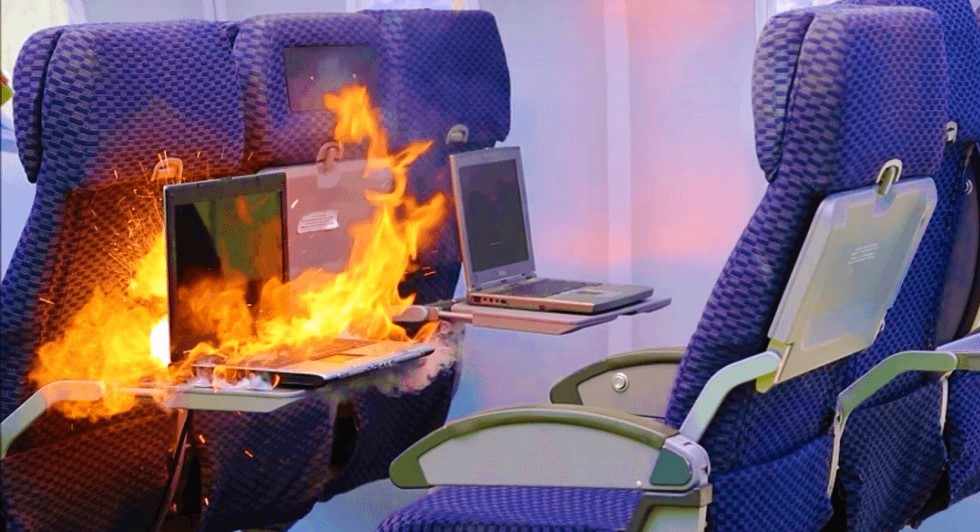
Over many years there have been significant improvements to the safety of commercial aeroplanes. However, there is still opportunity for improvements in various areas including,
► Airworthiness requirements,
► Manufacturing and maintenance standards,
► The design of protective and emergency equipment, and
► Improved procedures and training for flight crew and cabin crew
► The entire crew must be part of the SFF solution.
► For any smoke event , time managemnt is critical.
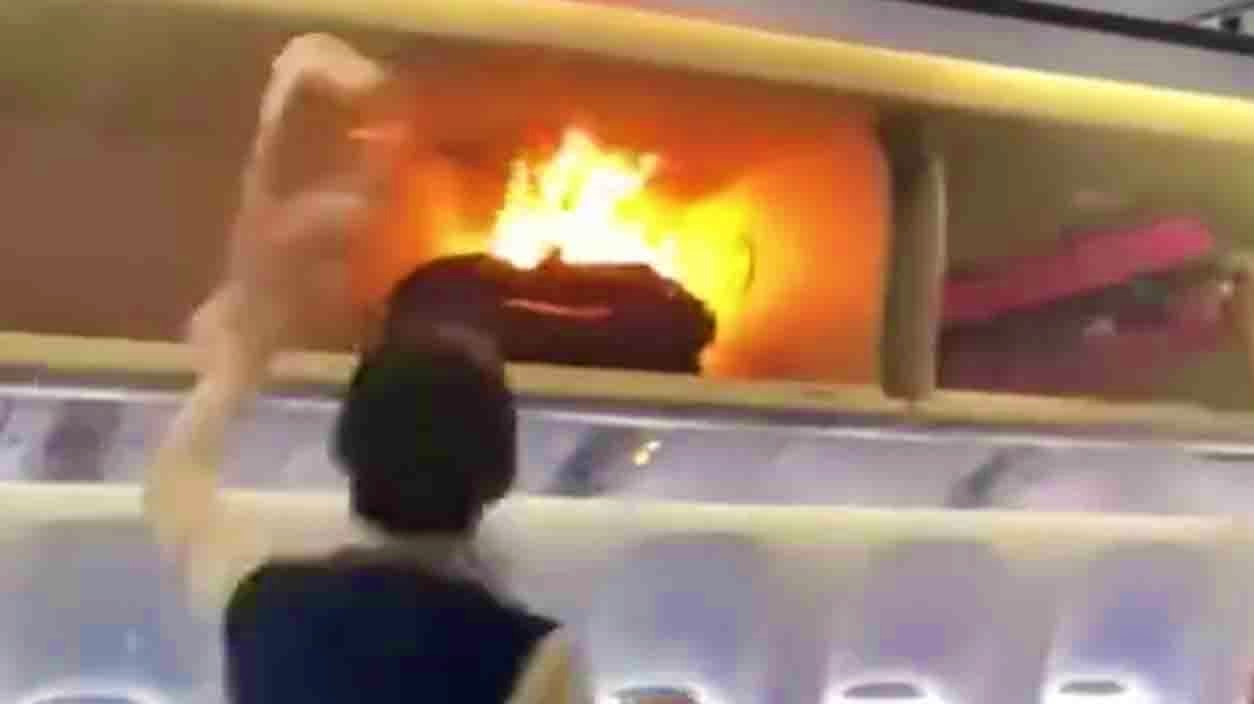
► SFF is for the assistance of flight crew , it includes considerations to support decisions for immediate landing (e.g., overweight landing, tailwind landing, ditching, forced off-airport landing).
► The Check list Systematically identifies and eliminates an unknown SFF source.
► But SFF checklist does not replace alerted checklists (e.g., cargo smoke) or address multiple events.
At the beginning of an SFF event, the crew should consider all of the following:
► Protecting themselves (e.g., usage of oxygen masks, smoke goggles).
► Effective Communication (e.g., crew, air traffic control).
► Decision of a Diversion.
► Assessing the SFF situation and available resources at the moment .
► Rapid extinguishing or elimination of the source is the key to preventing escalation of the event.
► It should be assumed pilots may not always be able to accurately identify the smoke source due to ambiguous cues.
► It should be assumed alerted-smoke event checklists have been accomplished but the smoke’s source may not have been eliminated.
► Manufacturer’s initial steps that remove the most probable smoke or fume sources and reduce risk must be immediately available to the crew.
► These steps are developed by the manufacturer and typically have the pilot turn off components or systems having the highest probability of addressing a smoke/fire/fume source.
These steps should be determined by model-specific historical data or analysis , that could indicate to certain maintenance issues ( wire chaffing and short circuit) as well .
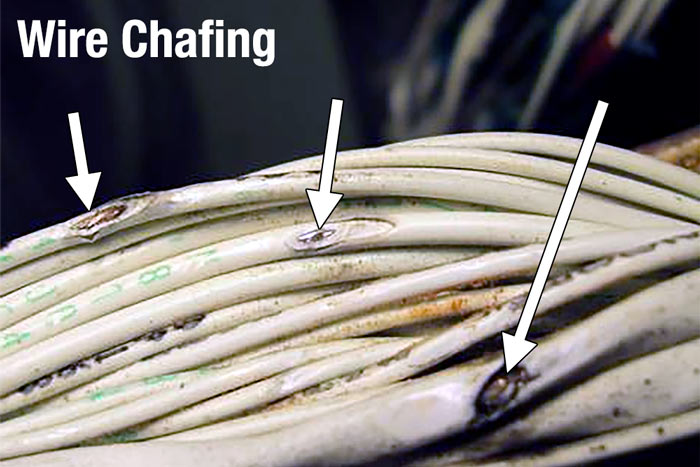
► Should be quick, simple, and reversible.
► Will not make the situation worse or inhibit further assessment of the situation.
► Do not require analysis by the crew Timing for diversion/landing.
► Crews should anticipate diversion as soon as an SFF event occurs and should be reminded in the checklist to consider a diversion.
► After the initial steps, the checklist should direct diversion unless the SFF source is positively identified, confirmed to be extinguished, and smoke or fumes are dissipating.
► The crew should consider an immediate landing anytime the situation cannot be controlled.
► The decision to remove smoke or fumes must be made based upon the threat being presented to the passengers or crew.
► Crews should accomplish procedures in the Smoke or Fumes Removal Checklist only after the fire has been extinguished or if the smoke or fumes present the greatest threat.
► The crew should be directed to return to the Smoke/Fire/Fumes Checklist after smoke/fumes removal if the Smoke/Fire/ Fumes Checklist was not completed.
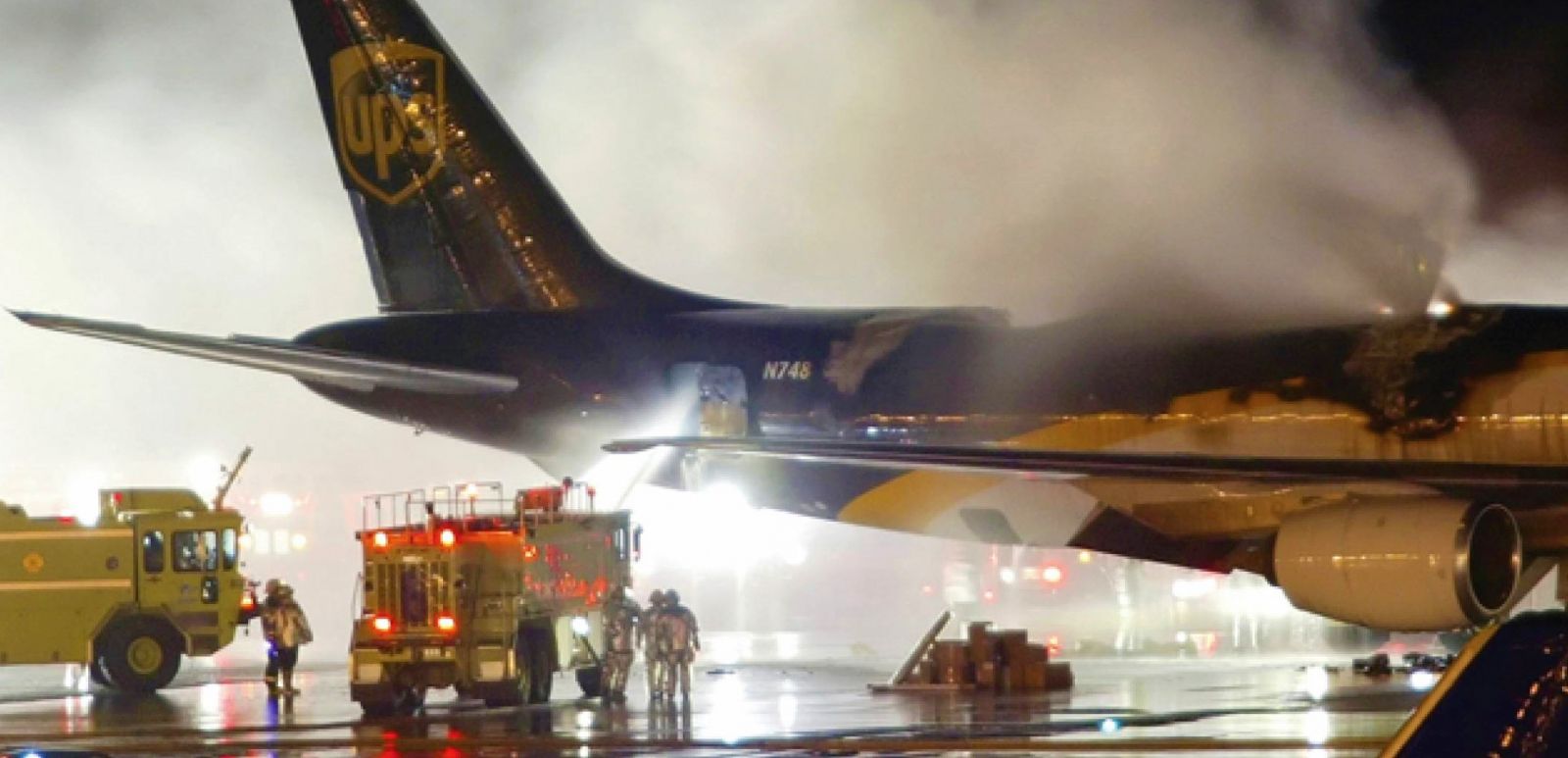
► Are subsequent to the manufacturer’s initial steps and the diversion decision.
► Are accomplished as time and conditions permit, and should not delay landing.
► Are based on model-specific historical data or analysis.
By working through a logical checklist, flight crews can better isolate the cause of SFF events and take appropriate action.
Source : Flight. Safety Foundation , FAA .
